This article will help you explore two of Thailand's most distinctive features: culture and exquisite cuisine through an authentic, up-to-date lens.
1. Buddhist culture – Sacred identity in the heart of the city
1.1. Top 3 famous temples in Bangkok - Where the soul of Thai culture is preserved
Wat Phra Kaew, also known as the Temple of the Emerald Buddha, is located within the grounds of the Royal Palace and is of the utmost solemnity and sophistication. (Photo: Collected)
It is impossible to talk about Thai culture without mentioning the famous temples in Bangkok : Wat Phra, Wat Pho, Wat Arun - which are not only pilgrimage sites but also unique architectural and spiritual heritages.
- Grand Palace and Wat Phra Kaew
The majestic Royal Palace and the sacred Temple of the Emerald Buddha are symbols of the power and beliefs of the Thai monarchy. The gilded roofs and intricate patterns make visitors feel like they are lost in a legendary world .
- Wat Pho
Wat Pho is a famous temple in Bangkok with a majestic and peaceful 46-meter long reclining Buddha statue. It is also the birthplace of the first traditional Thai massage school, where you can relax with a 30-minute treatment right on the temple grounds.
- Wat Arun (Temple of Dawn)
Located on the Chao Phraya River, the temple stands out with its towering main tower inlaid with exquisite white porcelain, most beautiful at sunset.
Coming to these temples early in the morning not only helps you enjoy the peaceful atmosphere, but also creates conditions for taking "beautiful, flawless" photos.
1.2. Ayutthaya – The mark of the golden dynasty
Buddha head in tree roots in Ayutthaya – A symbol of tranquility of a bygone dynasty. (Photo: Collected)
About 1.5 hours drive from Bangkok, Ayutthaya is an ideal destination for those who love history and ancient architecture. Ayutthaya was once a glorious ancient capital, recognized by UNESCO as a World Heritage Site. The ruins of ancient temples here seem to tell the glorious history of the Ayutthaya dynasty.
Once the capital of the Kingdom of Siam, this place gathers dozens of ruined temples and ancient Buddha statues hidden in nature. In particular, the image of Buddha's head lying in tree roots at Wat Mahathat is one of the most unique symbols of this city.
Wat Mahathat
One of the most impressive stops is Wat Mahathat, famous for its image of a Buddha head hidden in the roots of an ancient tree – a sacred symbol carrying a message of tranquility, acceptance and integration between humans and nature.
Wat Phra Si Sanphet
Not far from Wat Mahathat is Wat Phra Si Sanphet, once the royal temple of the ancient palace complex. Three large stupas stand tall against the sky like sacred mountains guarding the ancient capital, giving a sense of reverence and solemnity.
Wat Lokayasutharam
Your journey in Ayutthaya will be more complete when you stop by Wat Lokayasutharam, where the outdoor reclining Buddha statue is over 30 meters long. Under the gentle afternoon sunlight, the image of Buddha peacefully sitting in the open space brings a rare sense of tranquility and serenity.
A trip to Ayutthaya will take you back to the past, where every brick and stone statue seems to tell a story. You can explore the ancient city by bicycle to enjoy the slow pace of life, listen to the temple bells ringing among the tree-lined streets... like a wordless dialogue with the glorious past that is still imprinted on every ancient brick.
1.3. Chiang Mai – Peaceful beauty among the mountains of the North
Old Town Chiang Mai - The ancient city walls surround the mossy neighborhood, where you can walk or cycle through the temples. (Photo: Collected)
Not as noisy as Bangkok, Chiang Mai has the peaceful beauty of an ancient city in the middle of the mountains. This is the center of Northern Buddhist culture with more than 30 large and small temples hidden in the old town.
- Old Town Chiang Mai
The Old Town area is nestled within the ancient city walls and moats, with more than 30 large and small temples such as Wat Chedi Luang, Wat Phan Tao, or Wat Chiang Man... each with its own ancient features.
- Wat Phra That Doi Suthep
Not far from the center, Wat Phra That Doi Suthep, located on the top of a mountain, is a must-see destination. Climb the 309 dragon steps to reach the temple, where you will enjoy panoramic views of Chiang Mai from above – a sacred feeling that is hard to describe.
In November, the Loy Krathong and Yi Peng festivals transform Chiang Mai into a magical land as thousands of sky lanterns fly up, carrying the wishes and hopes of locals and visitors.
2. Discover Thai cuisine – A journey to awaken all the senses
2.1. Street food – Where the Thai soul is present
Pad Thai – Symbol of Thai street food. (Photo: Collected)
No trip to Thailand is complete without eating street food. Streets like Yaowarat (Chinatown), Sukhumvit or night markets like Train Night Market are always filled with delicious smells and sizzling sounds.
Every dish is a "taste explosion":
- Pad Thai with chewy noodles, fresh shrimp, roasted peanuts and sweet and sour sauce;
- Som Tam (papaya salad) is crispy and spicy;
- Moo Ping grilled meat skewers are hot and juicy;
- And sweet mango sticky rice is a harmonious combination of chewy - fatty - cool.
Thai street food is not only delicious and cheap, but also the fastest way to "touch" the lives of local people.
2.2. Regional cuisine – Distinctive flavors according to geography and culture
Khao Soi – the quintessence of traditional cuisine in the northern mountainous region of Thailand. (Photo: Collected)
Not all Thai food is the same. Each region has its own identity in Thai cuisine , influenced by soil, ethnicity and climate:
- Northern (Chiang Mai) : Has a lighter flavor, with Khao Soi – fried egg noodles in yellow curry sauce, served with lime, shallots and pickles.
- Isaan (Northeast) : Spicy, salty, and prominent with grilled chicken, fermented fish sauce, sticky rice and Som Tam.
- Southern (Phuket, Krabi ): Rich and flavorful with coconut curries, fish steamed in banana leaves, and grilled seafood with tamarind and green chili sauces.
Each region is part of a flavor map, making the 2025 Thailand travel itinerary a true culinary tour.
2.3. Royal and high-class cuisine – Essence in the heart of modernity
Royal cuisine – Where taste and aesthetics converge in every detail. (Photo: Collected)
For those who love sophistication, Thai cuisine also has a luxurious and artistic side – reflected in international fine dining restaurants.
- Blue Elephant: Housed in an ancient royal villa, this restaurant serves royal dishes recreated from ancient recipes, such as green curry with roasted duck and special seafood Tom Yum soup.
- Nahm: Chef David Thompson's restaurant – where classic meets modern in every dish, with presentation like a work of art.
- R-Haan: 2 Michelin stars, uses premium local ingredients, tells the story of each region through each dish as a complete culinary journey.
This is the ideal choice for a special evening on your 2025 Thailand tour, when you want to enjoy Thai culture in a high-class and indigenous space.
Whether you love ancient temples, flavorful street food or vibrant historical experiences, Thailand has something for everyone. Make your Thailand trip in 2025 a journey of deep discovery from faith to taste. Don't forget to save this article to prepare for your next trip, or share it to inspire your friends to explore together!
Source: https://www.vietravel.com/vn/am-thuc-kham-pha/kham-pha-van-hoa-va-am-thuc-da-chieu-o-thai-lan-v17507.aspx


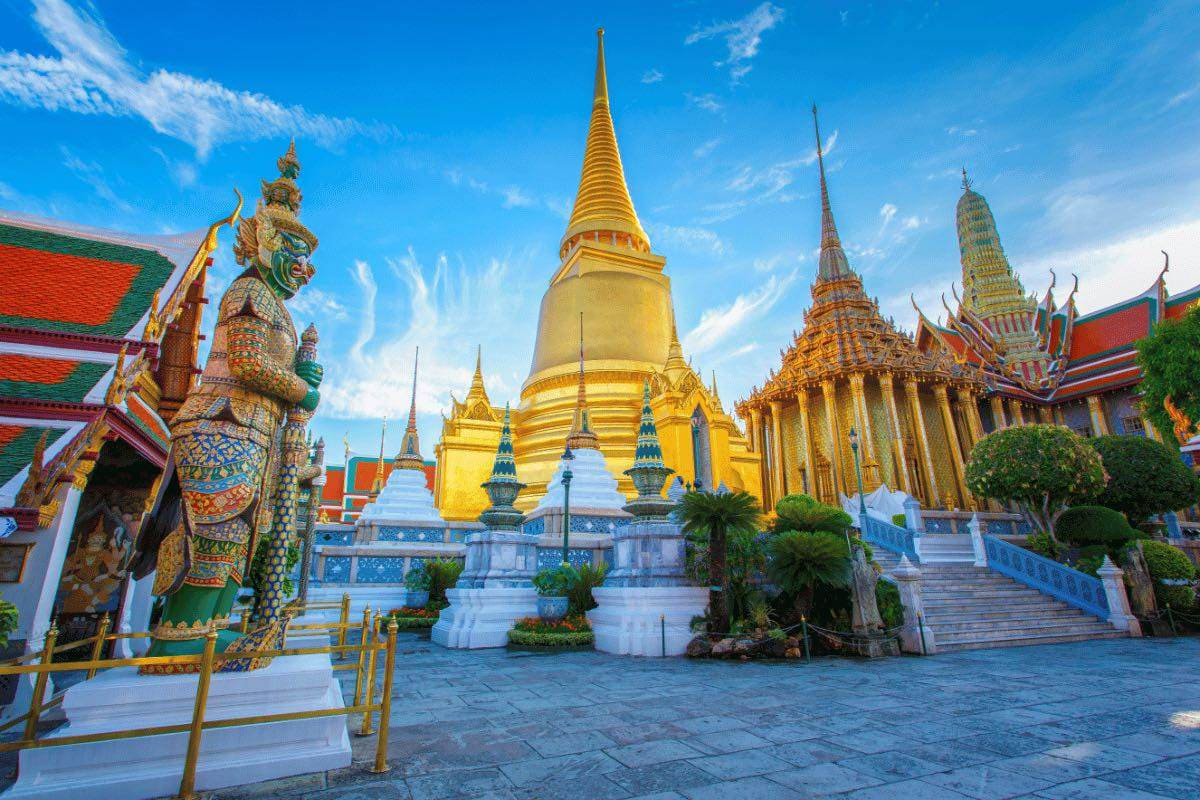
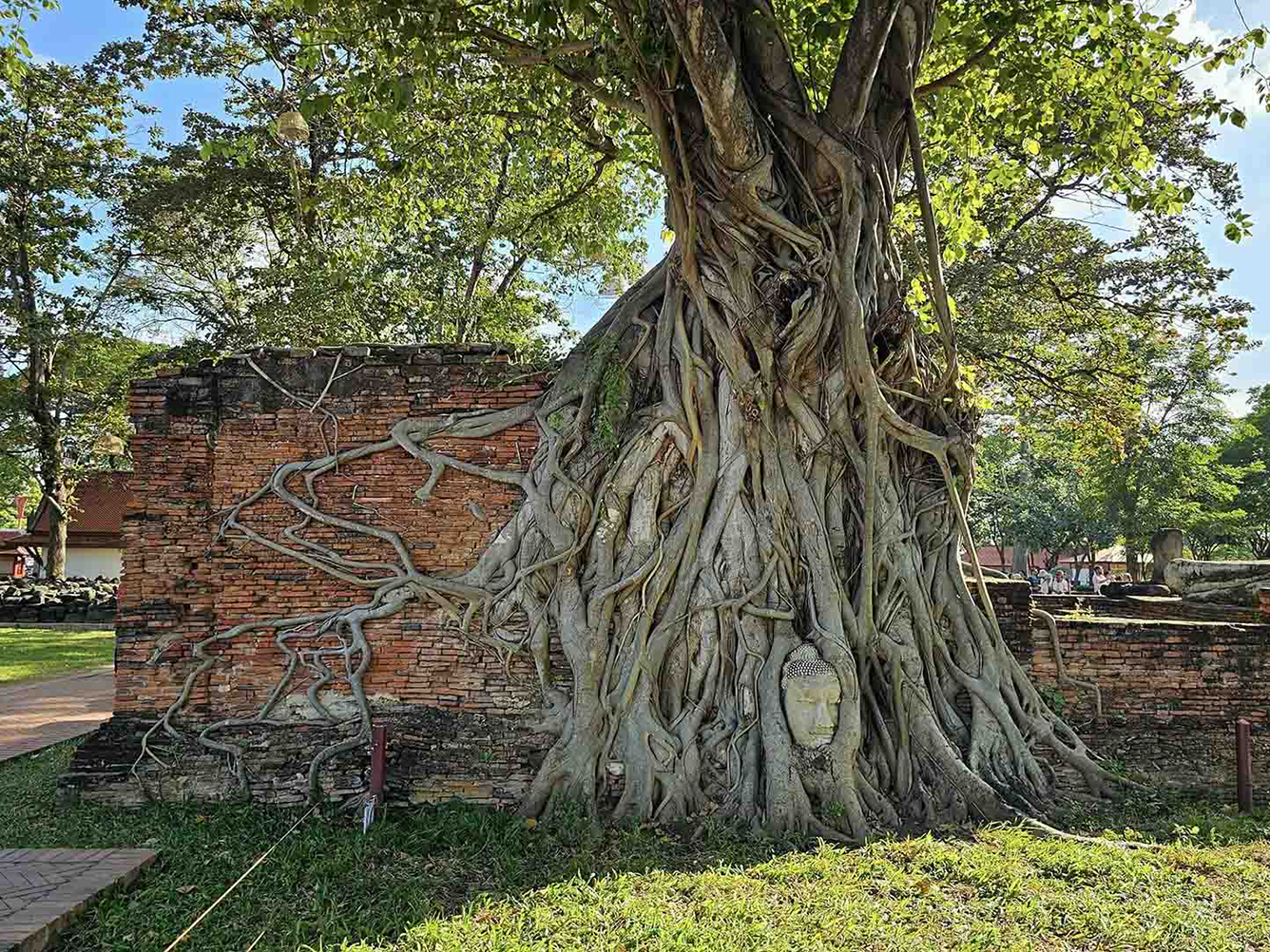
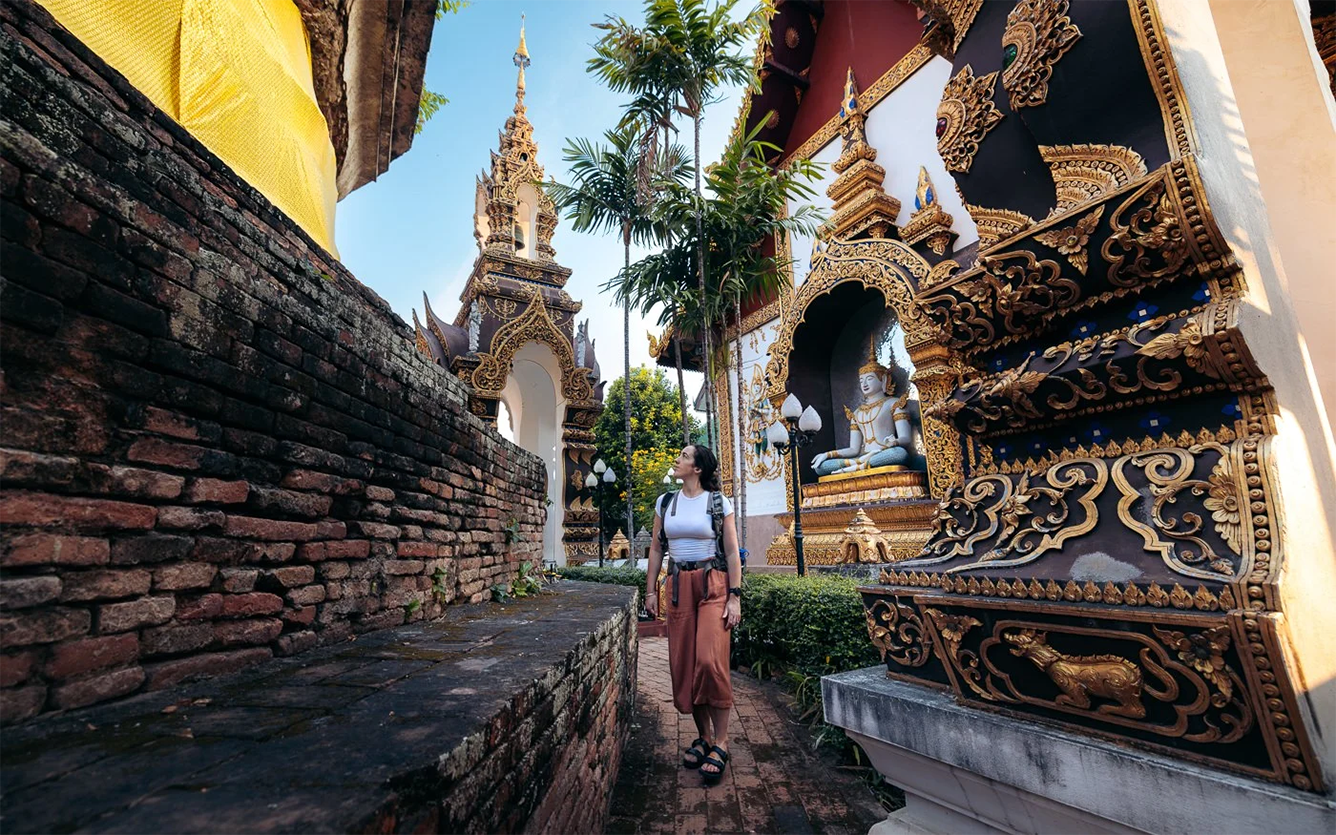
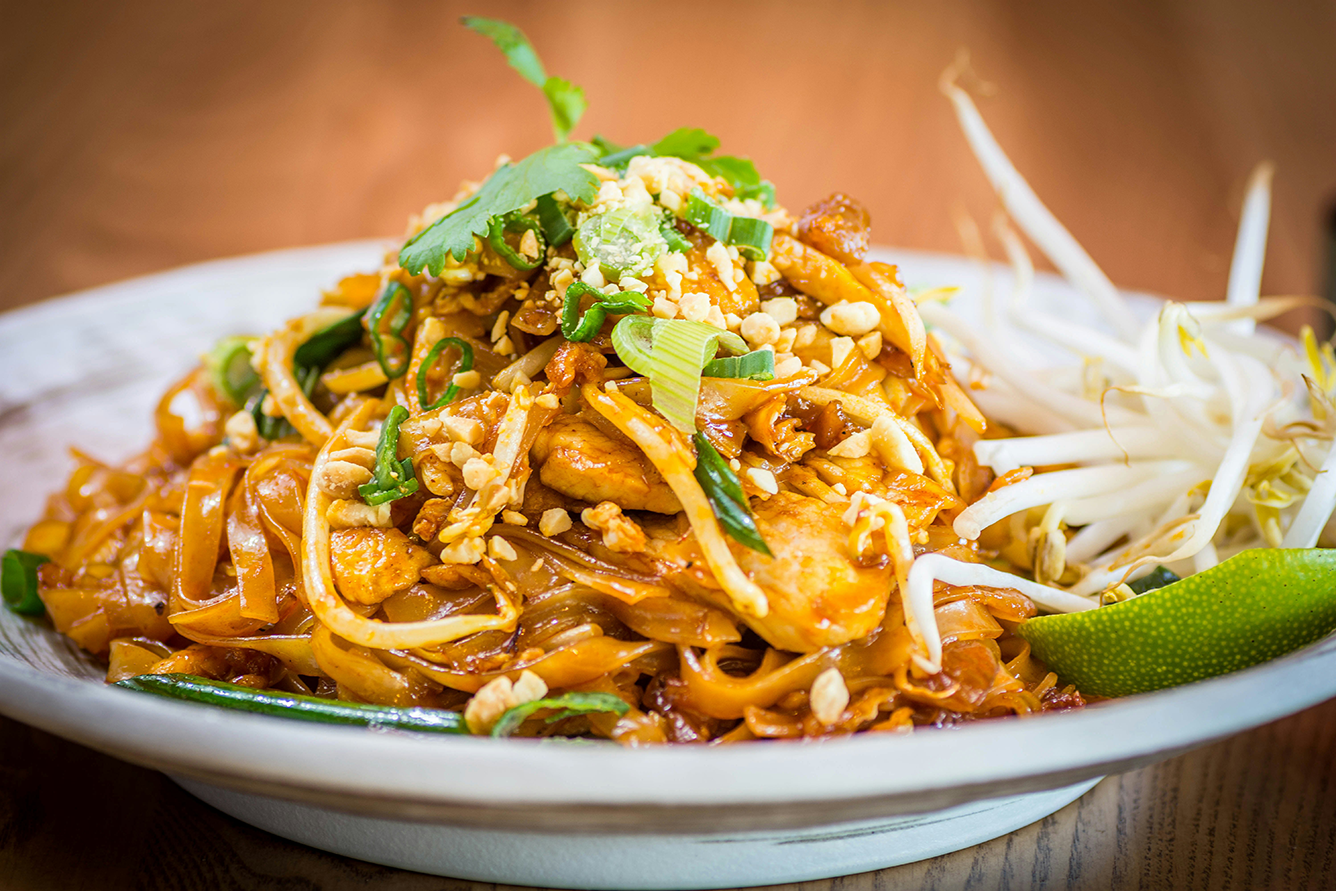
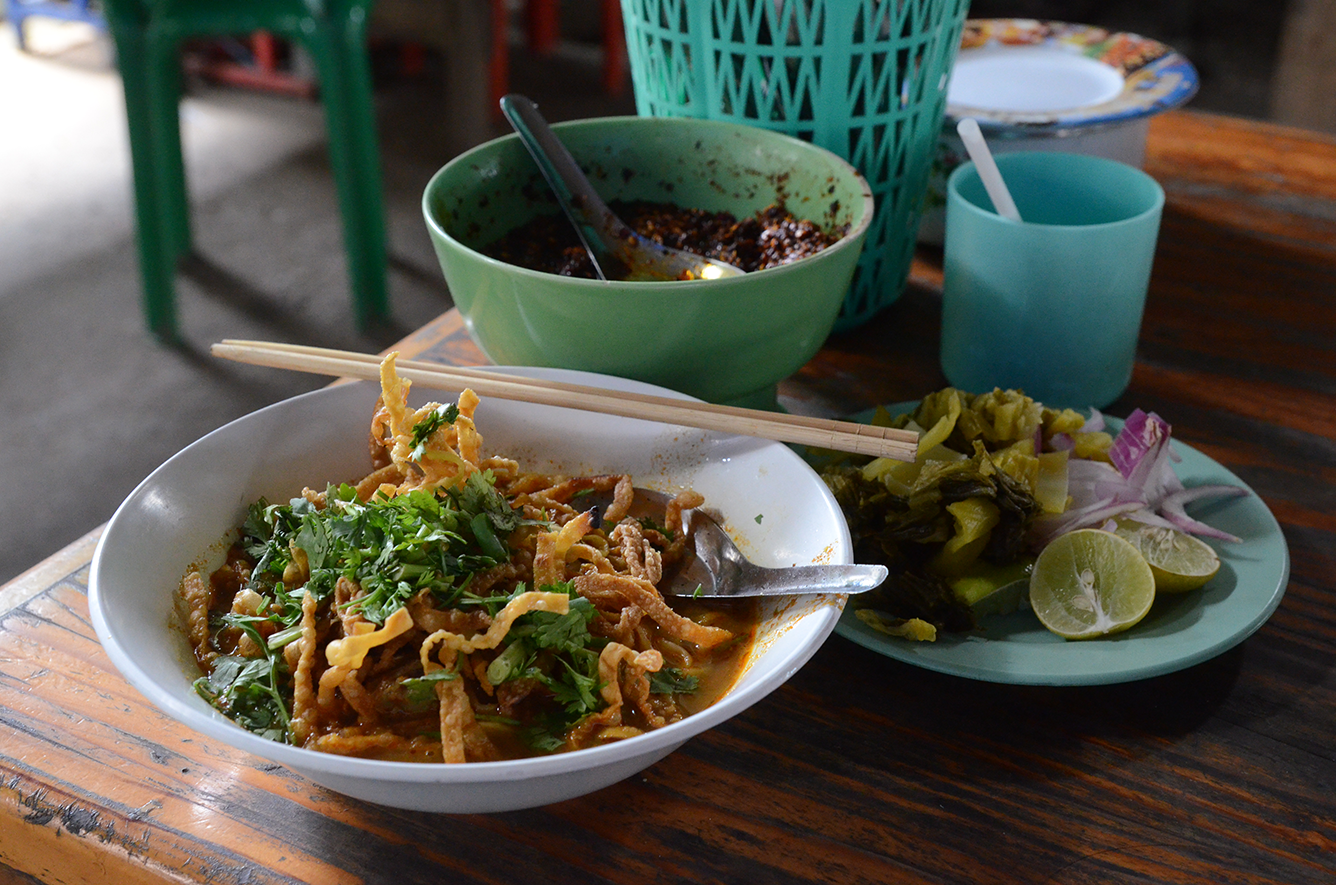
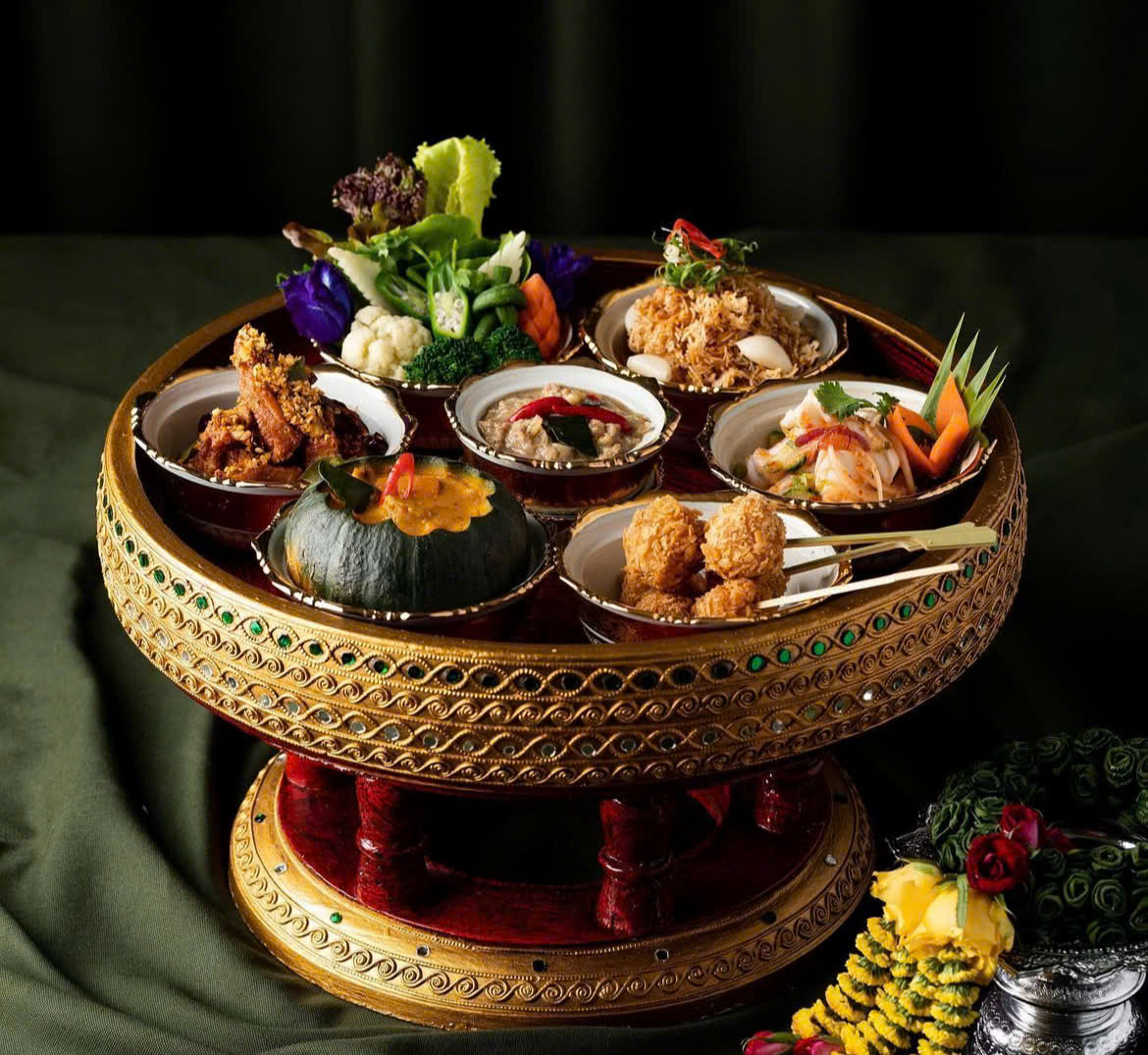



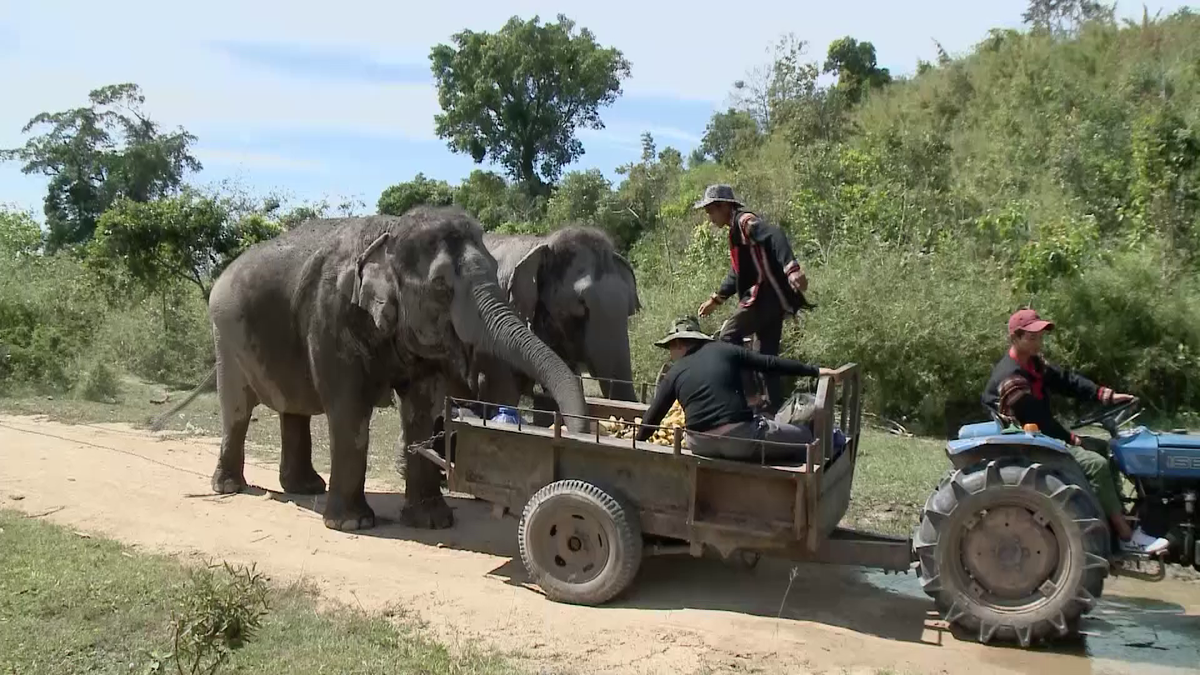


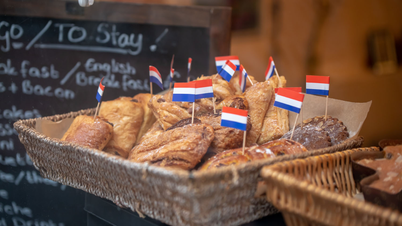
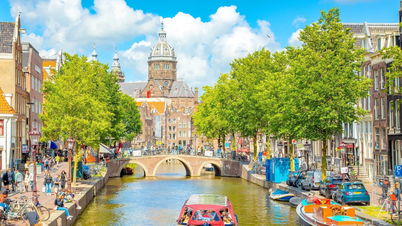


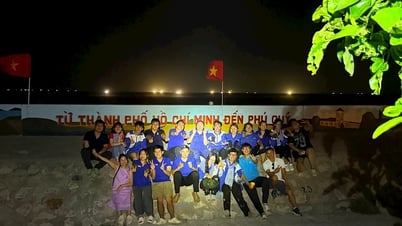

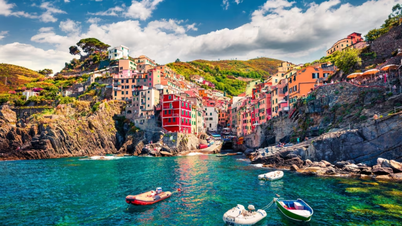
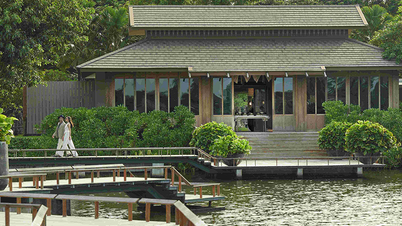
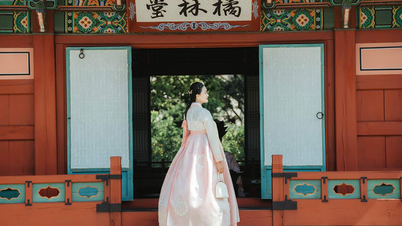



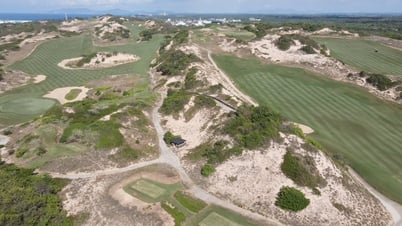
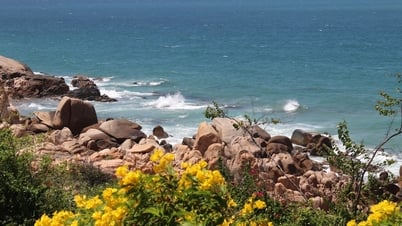
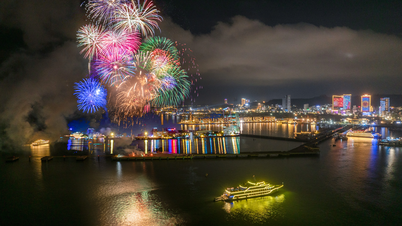




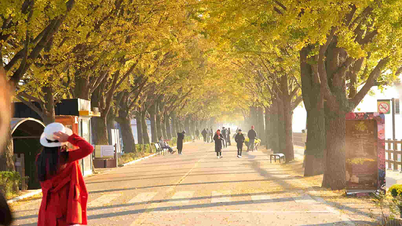
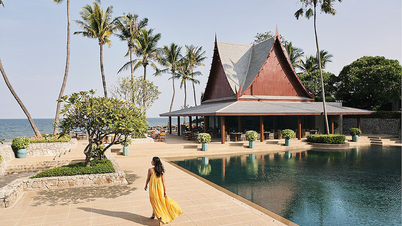
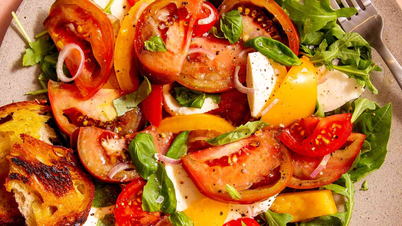
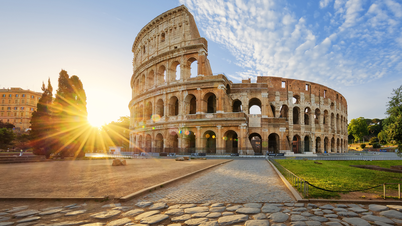
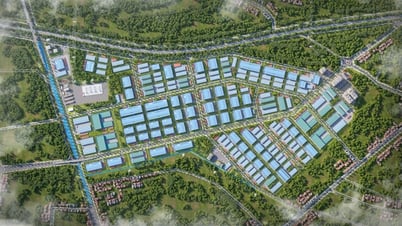
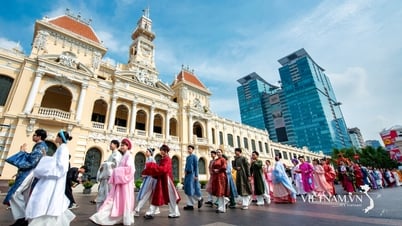







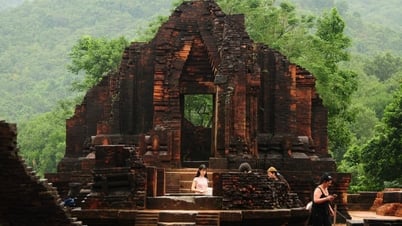
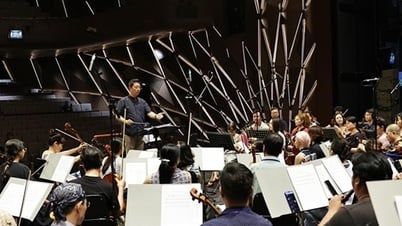

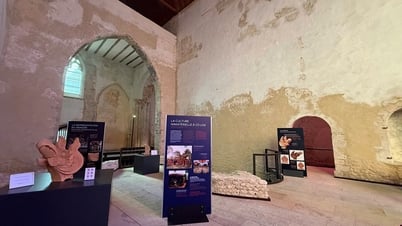














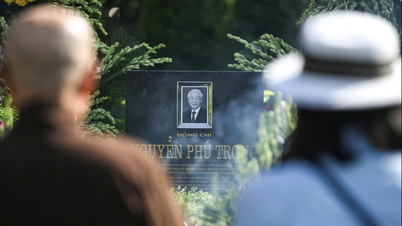



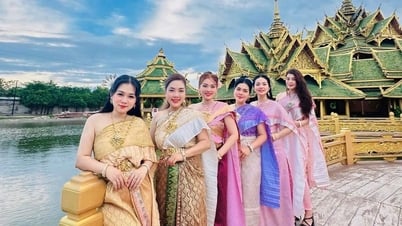


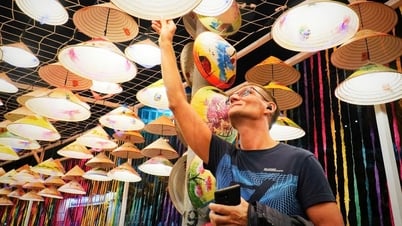
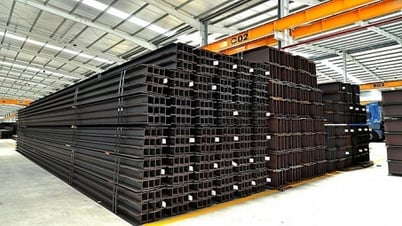







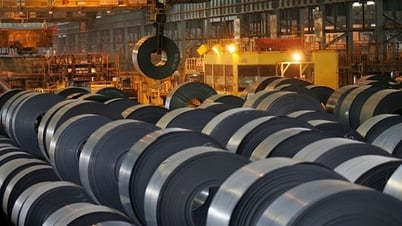
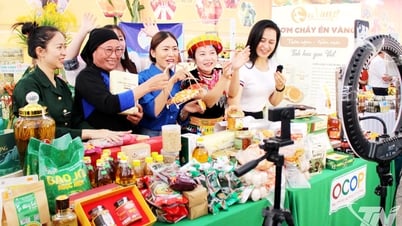

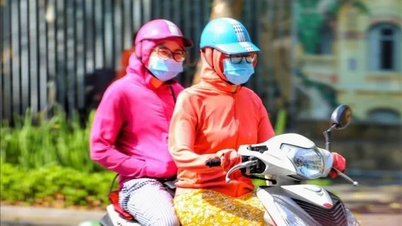

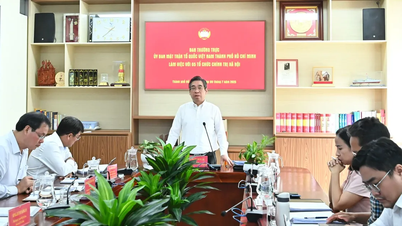















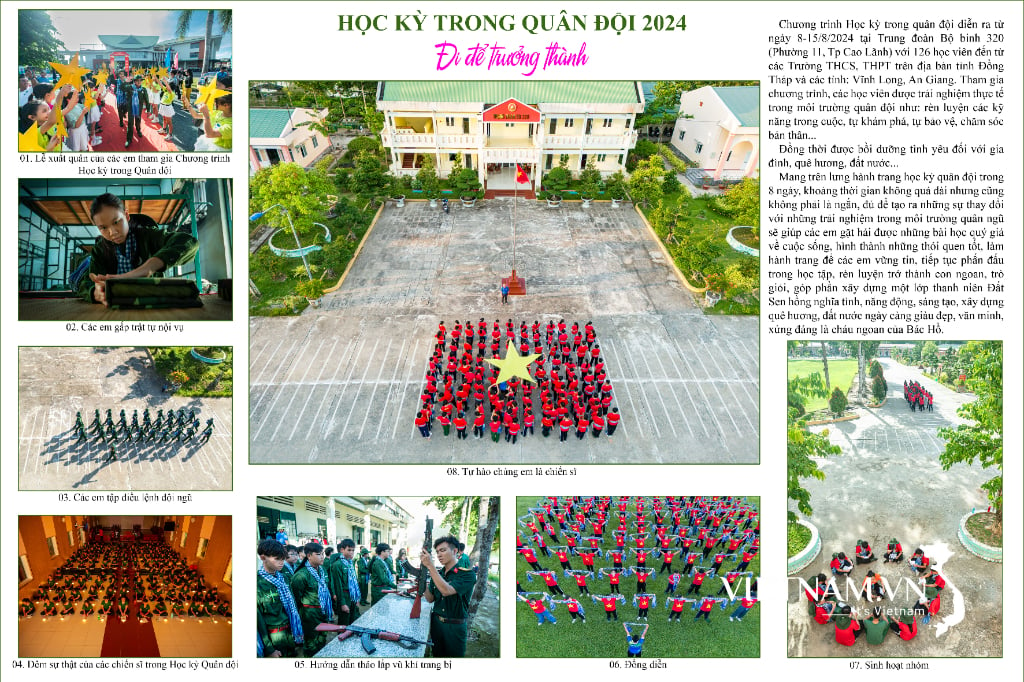
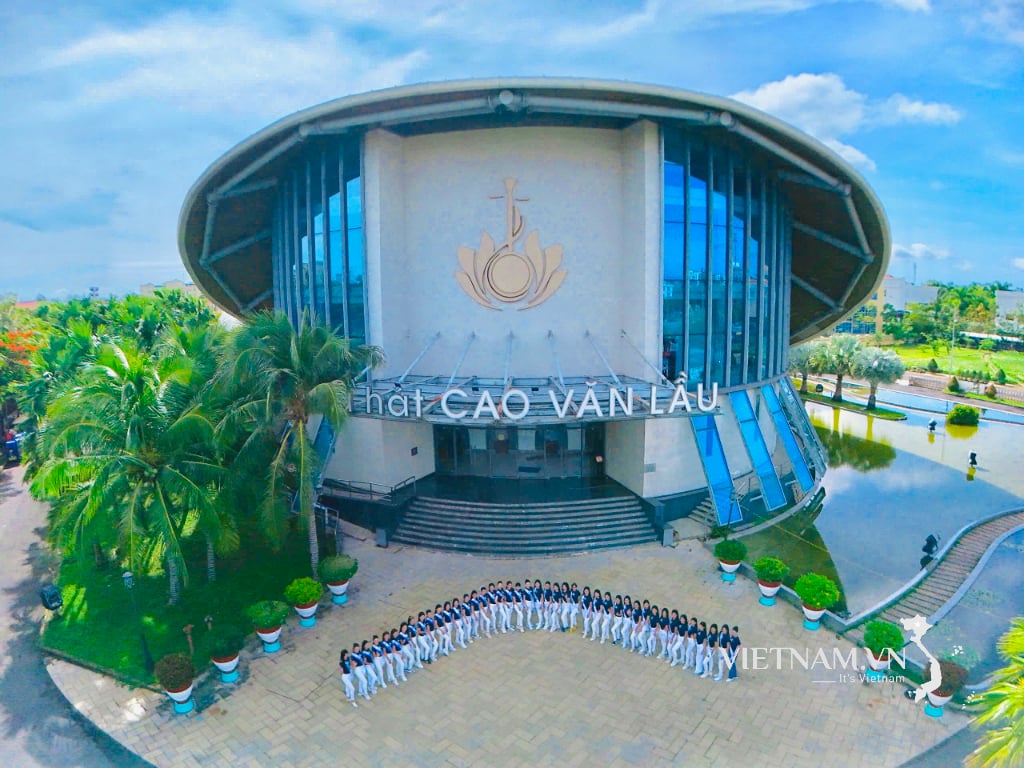
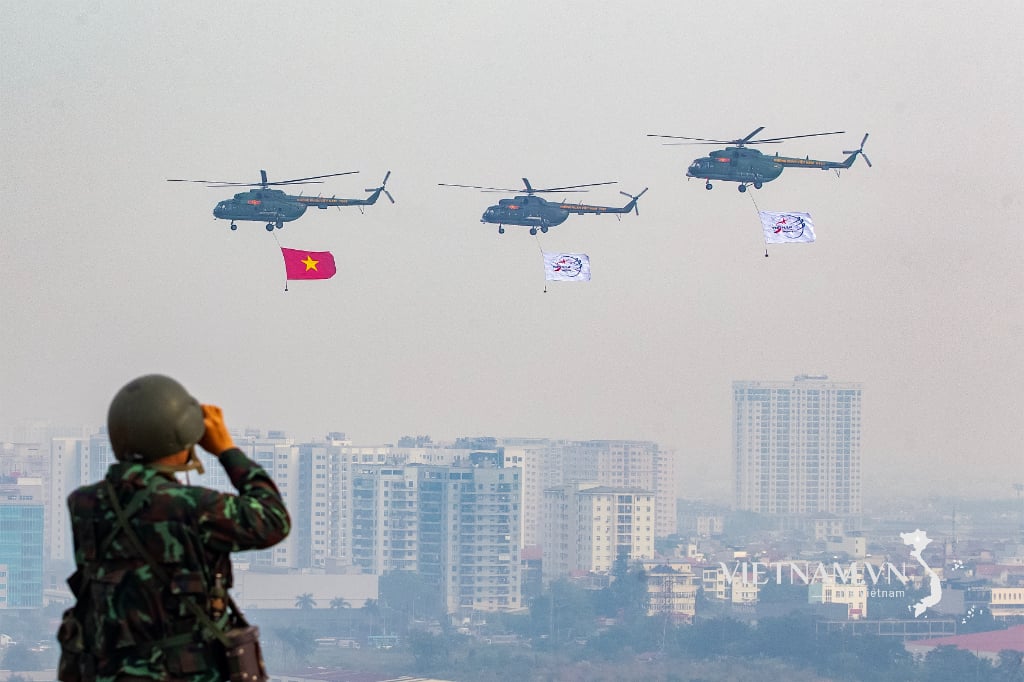
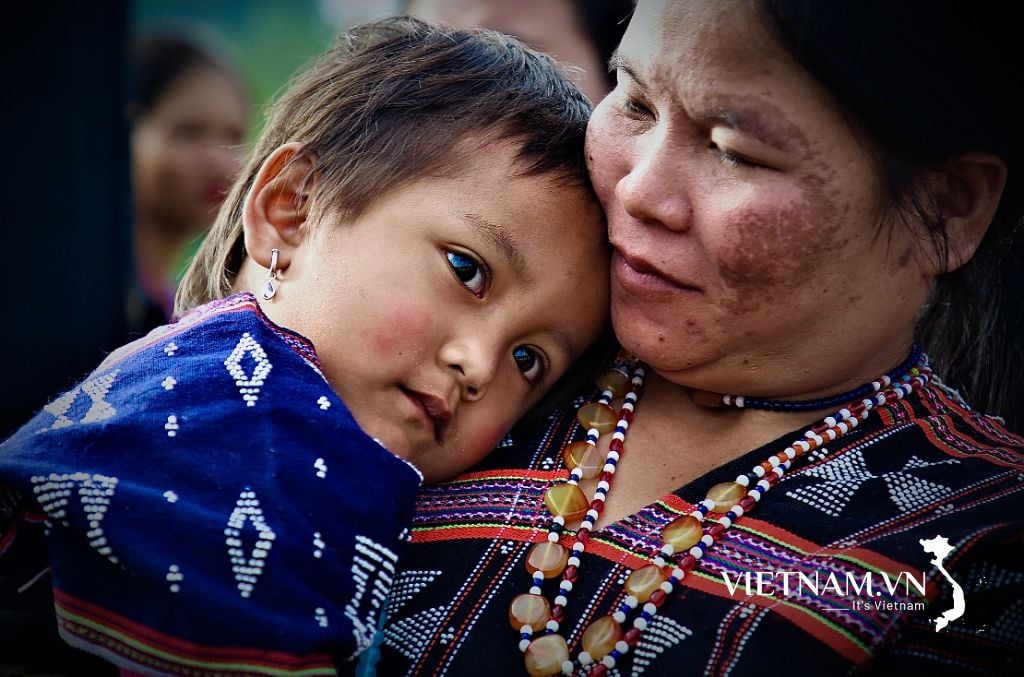
Comment (0)